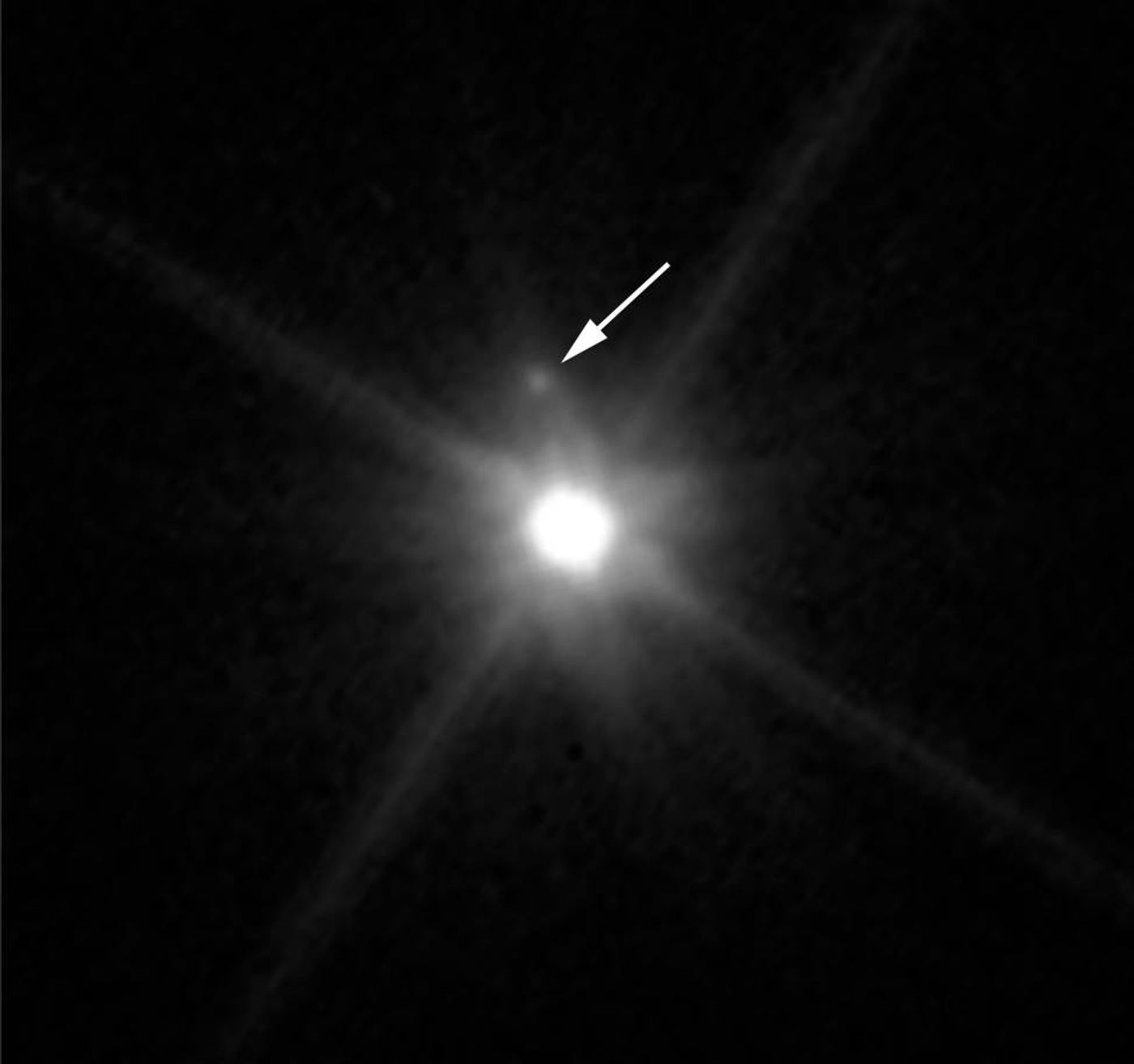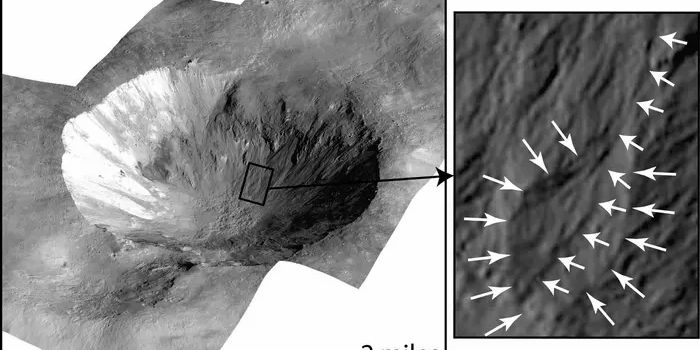NASA Says Astronomers Have Found a New Moon in our Solar System
We’ve heard a lot about the dwarf planet Pluto within the past year, especially with the historic fly-by of NASA’s New Horizons spacecraft having successfully snapped crystal clear photographs of it while it passed.
But in case you didn’t know, there’s another dwarf planet out there just beyond Pluto that hardly gets any attention in the news. And now, it’s getting that attention it deserves.
Dubbed Makemake, this 870-mile diameter dwarf planet is cold just like Pluto and resides in the Kuiper Belt, and NASA recently announced having discovered a new moon in our solar system that orbits Makemake with the Hubble Space Telescope.

“Makemake is in the class of rare Pluto-like objects, so finding a companion is important,” Alex Parker of Southwest Research Institute, Boulder, Colorado said. “The discovery of this moon has given us an opportunity to study Makemake in far greater detail than we ever would have been able to without the companion.”
The moon has been given the nickname MK 2 and is believed to orbit its dwarf planet about 13,000 miles away. The moon has a diameter of 100 miles across, or nearly 1/9 of the diameter of its host dwarf planet planet.
What’s more is the moon is very faint. It’s not as reflective as Makemake is, and NASA estimates it to be about 1300 times fainter than its host. Clearly, this is the reason why NASA has had so much trouble seeing it until now.
The faint, dark surface of MK 2 is believed to the be source of heat that scientists have been looking for in terms of Makemake’s random warm patches that have been observed with infrared. Darker colors absorb Sunlight more than lighter ones, and it’s believed this is the effect MK 2 is having on Makemake.
It’s an interesting discovery that will help scientists in their work to formulate new theories, however it won’t be until we get more powerful space telescopes like the James Webb Space Telescope into space that we can better observe these bodies in greater detail.
Perhaps someday, we’ll even get to fly past Makemake with another New Horizons-like spacecraft.
Source: NASA, YouTube








